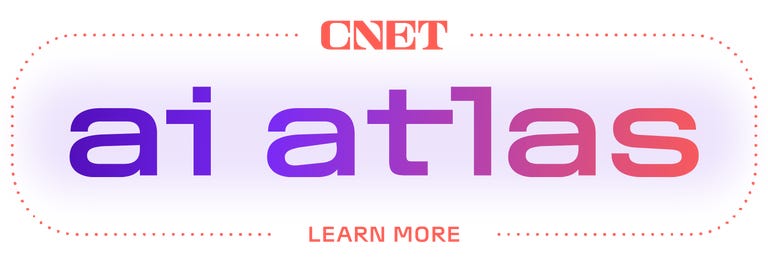AI startup Anthropic has released Claude 3.5 Sonnet, the first language model for its updated chatbot family, saying it’s funnier, a better writer and a more adept software engineer, among other talents. The iOS version came first, in late June, and the Android app followed this week.
Two additional models, Claude 3.5 Haiku and Claude 3.5 Opus, will follow later this year. Anthropic did not specify a timeframe but said in a blog post in June, “Our aim is to substantially improve the tradeoff curve between intelligence, speed and cost every few months.”
Claude 3.5 Sonnet outperforms the high-end Claude 3 Opus, which came out in March. At the time, Anthropic boasted those earlier models displayed “human-like understanding.”
In his review, CNET’s Imad Khan called Claude “the chattiest of the AI chatbots,” which “answers questions in easy-to-understand human-like language that makes it the most ideal AI chatbot for most people.”

We’re in the midst of a generative AI gold rush as tech companies pitch increasingly powerful language models behind increasingly capable chatbots. There’s a lot at stake. As we figure out how to integrate this technology at home and work, the tools that build loyal audiences now are positioning themselves for enduring relevance.
It’s a constant game of one-upmanship. AI juggernaut and ChatGPT-maker OpenAI announced its latest flagship model, GPT-4o, in May. The following day, Google debuted its Gemini 1.5 Pro model at its Google I/O developer event. A few weeks later, in June, Apple unveiled its take on generative AI, calling it Apple Intelligence.
How much Claude 3.5 Sonnet costs
Anthropic’s model was initially available for free via Claude.ai and the Claude iOS app. On July 16, Anthropic released a free Android app that works with all plans.
Claude Pro and Team plan subscribers, who pay $20 and $30 per user per month respectively, will be able to access Claude 3.5 Sonnet with higher daily rate limits.
The Anthropic API allows developers to build new applications that integrate the AI chatbot.
Claude 3.5 Sonnet costs developers $3 per million input tokens and $15 per million output tokens, with a 200,000-token context window. That refers to how much information the model can recall in a given session. (In order to process and understand text, AI models must break it down into tokens. One token is equal to about four characters in the English language.)
Gemini 1.5 Pro has a 1 million-token context window and Google has made a bold promise to expand to 2 million tokens in 2024.
OpenAI has not disclosed its parameters.
It can be difficult to make apples-to-apples comparisons of these models.
What you get with Claude 3.5 Sonnet
According to the blog post, Claude 3.5 Sonnet shows “marked improvement” in understanding nuance, humor and complex instructions and is “exceptional at writing high-quality content with a natural, relatable tone.” It’s also adept at code translations, which makes it ideal for updating legacy applications and migrating codebases, Anthropic says.
In addition to Spanish, Japanese and French, which we saw in Claude 3, a spokesperson said Claude 3.5 Sonnet “has strong levels of comprehension and fluency” in German, Italian, Dutch and Russian.
It is twice as fast as Claude 3 Opus, which is the most powerful Claude 3 model, and is ideal for complex tasks like context-sensitive customer support or multistep workflows, the blog post said.
Anthropic called Claude 3.5 Sonnet its “strongest vision model yet,” referring to its ability to interpret charts and graphs.
Claude in the office
This visual and complex task functionality comes as Anthropic makes a bigger play for users while they’re at work.
A new feature called Artifacts allows multiple Claude 3.5 Sonnet users to edit generated content like documents and code in real time.
“This preview feature marks Claude’s evolution from a conversational AI to a collaborative work environment,” the blog post said. “It’s just the beginning of a broader vision for Claude.ai, which will soon expand to support team collaboration.”
The AI startup is working on additional features for business users, such as web search, which the spokesperson said would allow Claude to safely browse the web and give users real-time information with source links, as well as Memory, which will allow Claude to remember user preferences and interaction history.
Chatbots like Gemini, Copilot and Perplexity already have Internet connectivity.
Anthropic’s push for enterprise users began in May, when it introduced its Team plan. That’s when Scott White, product lead at Anthropic, called Claude “a really smart coworker that helps me do my best work way faster.”
But, once again, Anthropic isn’t alone. Around the same time, Amazon unveiled its generative AI business assistant, Q, and Adobe announced the availability of its Acrobat AI Assistant for enterprise customers. The tool debuted in February in beta to help pull information from PDFs, provide summaries of text, answer questions and format information for sharing.




















+ There are no comments
Add yours